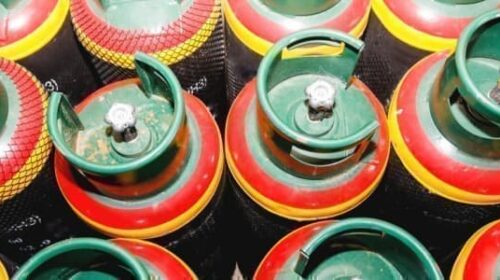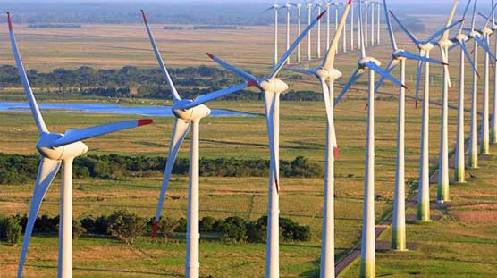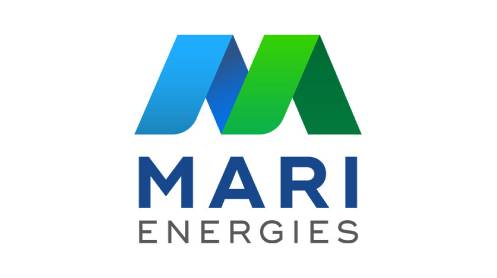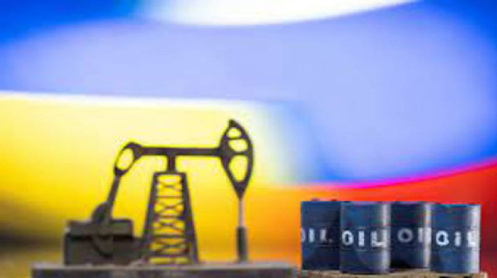Green ammonia is a little-known contender to become a major renewable fuel over the coming decades. It has around nine times the energy of lithium-ion batteries and its denser nature makes it easier to transport than liquid hydrogen. As oil majors race to find innovative renewable energy alternatives, green ammonia is gaining more international attention for its potential as an emissions-free fuel. Despite being little-talked-about compared to hydrogen, ammonia is catching the eyes of energy firms worldwide for its potential as a clean fuel. Ammonia is a compound of hydrogen and nitrogen that can be used as fuel. Just like hydrogen, there are several different types of ammonia, depending on the energy used for its production.
Green ammonia is becoming the most preferable form of the fuel as it is carbon-free, whereas one tonne of conventional (brown) ammonia emits around two tonnes of CO2. It is produced using wind, solar, or hydropower to provide electricity which runs an electrolyzer that in turn extracts hydrogen from water as nitrogen is separated from air using an air separation unit. Why the production of green ammonia is not new, recent innovations in technology have made it easier to produce, making energy firms more prone to invest in the energy source.
One of the industries considering the use of ammonia to decarbonize is the maritime sector, which could use the fuel to help meet its climate targets. It could also be used as a means of storing renewable energy for delayed use, as well as transported to be cracked for its hydrogen content.
Ammonia is now being produced and shipped around the world as companies recognize its potential. Last month, the Abu Dhabi National Oil Company (ADNOC) sold ammonia, produced using natural gas, to the Japanese oil company Inpex. It was deemed ‘clean ammonia’ as the CO2 emitted during its production was sequestered using carbon capture and storage (CCS) technology, to be injected into onshore oil fields in Abu Dhabi.
This is the first time the renewable fuel has been transported between the Middle East and Japan, thanks to the IHI Corporation and Mitsui O.S.K. Lines (MOL) connection between the regions. INPEX is hoping to establish three or more ammonia projects by the end of the decade to produce around 100,000 tonnes of hydrogen/ammonia annually to help meet its climate targets. It also hopes to establish a resilient supply chain between Japan and Abu Dhabi, recognizing the emirate as a core business area.
Other regions are also seeing the potential for green ammonia as countries explore a variety of renewable sources to decarbonize their transport and other sectors. Experts believe that green ammonia could be key to the success of the European Commission’s REPowerEU strategy, which aims at 20 million tonnes of renewable hydrogen. At present, the ammonia sector in the E.U. region uses around 10 billion cubic meters of natural gas a year, predominantly as a feedstock for fertilizers. This demonstrates the potential for new renewable energy projects to power the production of ammonia.
Joel Moser, CEO of First Ammonia, believes that a shift to green ammonia could help Europe meet about 30 percent of its 35BCM reduction target by 2030. European Commission Vice-President Frans Timmermans has already stated the potential for green ammonia as a renewable hydrogen carrier, encouraging energy firms to invest in the sector. As well as helping to decarbonize the European energy sector, if the region can develop a strong green ammonia industry it could quickly become an export hub for the renewable fuel. At present, there are about 270 ammonia sea terminals globally, with 30 in the E.U., offering the potential for shipping green ammonia for the fertilizer industry and for other uses.
In Ireland, two groups – the Killybegs Fisherman’s organization and Sinbad Marine Services – are recommending the construction of a floating offshore wind farm to power green ammonia and hydrogen production. They recently signed a memorandum of understanding (MoU) with Swedish wind energy company Hexicon for a 2 GW development, which would power renewable fuel operations, to be used in marine vessels, with excess power going to the local grid. The engagement of fishermen in the project is expected to help get the project off the ground with little pushback from the local community.
Meanwhile, in Norway, ExxonMobil, Grieg Edge, North Ammonia, and GreenH have signed an MoU to conduct studies for the potential production and distribution of green hydrogen and ammonia as marine fuels. Operations would be based at ExxonMobil’s Slagen terminal in Norway and would use hydroelectricity produced at the terminal to power the production of around 20,000 metric tonnes of green hydrogen and 100,000 metric tonnes of green ammonia annually. Matt Duke, CEO of Grieg Maritime Group explained, “Slagen is an exceptionally suitable location as a central hub for hydrogen and ammonia to the maritime sector”. He added, “With the complementary expertise amongst the MOU partners, we have now taken an important next step in our efforts to achieve emissions reductions in the maritime sector.”
With clear demand from the maritime sector and the potential for use in other industries, mainly as hydrogen, green ammonia is gaining increasing attention from governments and companies looking to shift away from fossil fuels to renewable alternatives. Greater investment in the energy source could support innovations in technologies to reduce production costs as well as support countries in meeting their climate targets.





